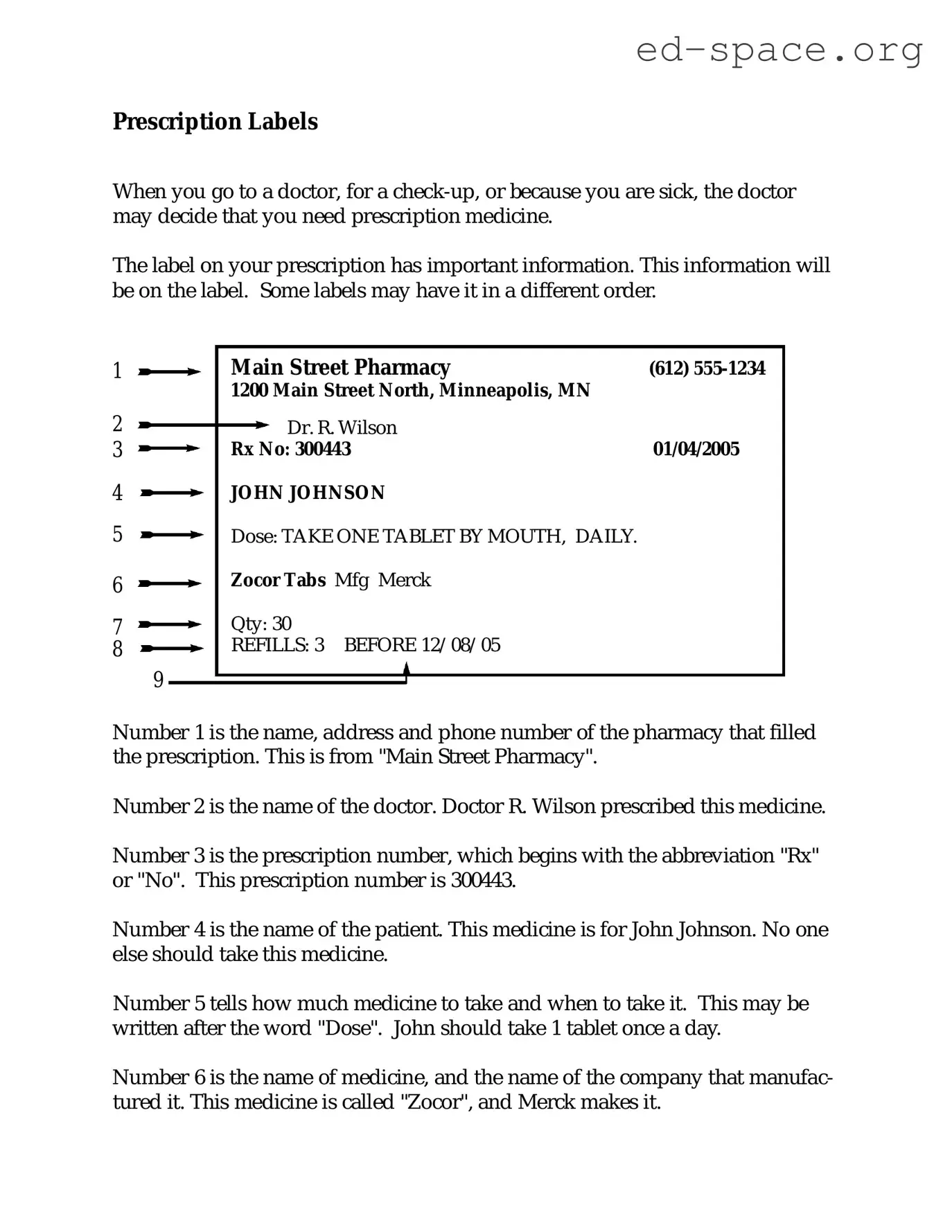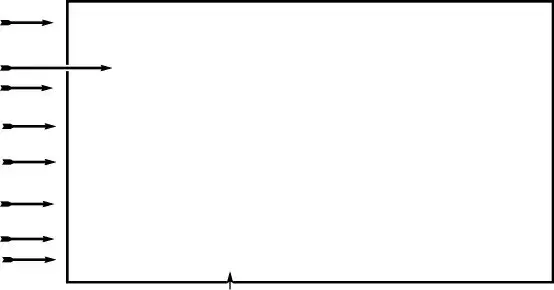What information is typically found on a Prescription Label?
A prescription label includes the patient's name, the date the prescription was filled, the prescription number, detailed instructions on how to take the medication, the prescribing doctor's name, the medication name and strength, the quantity of medication dispensed, and the pharmacy's contact information.
How do I read the dosing instructions on my Prescription Label?
The dosing instructions are clearly stated on the label, often under the section labeled "Directions." These instructions include the amount per dose, the frequency of doses throughout the day, and any specific instructions regarding the timing of each dose, such as with food or on an empty stomach.
Is it important to follow the expiration date on the Prescription Label?
Yes, the expiration date is very important as it indicates the period during which the medication is most effective and safe to use. Taking a medication past its expiration date could reduce its effectiveness or safety.
What should I do if my personal information is incorrect on the Prescription Label?
If your personal information is incorrect, you should immediately contact the pharmacy that dispensed the medication to have the error corrected. Accurate information is crucial for your safety and to ensure the effectiveness of your treatment.
Can I find information about refills on my Prescription Label?
Yes, the label will include information about any refills that are available for the prescription. This is typically found near the bottom of the label and will indicate the number of refills left or if no refills are allowed.
Why is the prescribing doctor's name included on the Prescription Label?
The prescribing doctor's name is included to ensure that you and any healthcare professionals who need to review your medication can easily verify the prescriber. This is important for continuity of care and in case any questions or concerns arise regarding your medication.
What should I do if I don't understand something on my Prescription Label?
If there's anything on your prescription label that is unclear, you should contact the pharmacy that dispensed the medication. Pharmacists are available to explain the information and provide the guidance needed to ensure you can safely take your medication.
Are there legal requirements for what must appear on a Prescription Label?
Yes, there are specific legal requirements that dictate what information must appear on a prescription label. These requirements are in place to protect patients and ensure they have the information needed to safely take their medication. The specifics can vary by state, but generally, the requirements cover the patient's name, prescription details, dosing instructions, and pharmacy information.
What is the importance of the prescription number on the label?
The prescription number is a unique identifier for your specific medication order. It is important for record-keeping, refills, and when discussing your prescription with healthcare providers or pharmacists. It ensures that your medication history is accurately tracked and managed.

